The Sacred Valley is a fertile corridor that follows a winding course just northwest of Cusco all the way to Machu Picchu. Often considered the spiritual and commercial heart of the Inca Empire, it progresses into a slender alluvial plain where all kinds of crops and fruit trees flourish in the temperate valley floor climate. North of Ollantaytambo and onward to Machu Picchu, the valley becomes subtropical and the Urubamba River transforms into a swirling torrent, making further road access impossible. You can, however, continue to Machu Picchu on foot or by train.
The valley is tightly hemmed in by great folds of the Andes, some stark and bald and some crowned by snow or glaciers. Weaving communities cling to the creases of the foothills, while ruined Inca citadels sit high on the mountainsides, as if keeping watch.
Many visitors think of the Sacred Valley as a transit point between Cusco and Machu Picchu. But, if you can spare the time, there’s a welter of activities and points of interest here. You’ll find a glut of archaeological sites, one of Peru’s trend-setting restaurants, a range of treks beyond the Inca Trail and numerous adventure activities.
Písac, a town at the eastern mouth of the Sacred Valley, is popular with visitors, who flock to its artisan craft market. Among its handmade wares are silky-soft baby alpaca shawls and scarves. Písac then transmutes into a food and produce market on Sundays, where locals from surrounding villages join the throngs of out-of-towners.
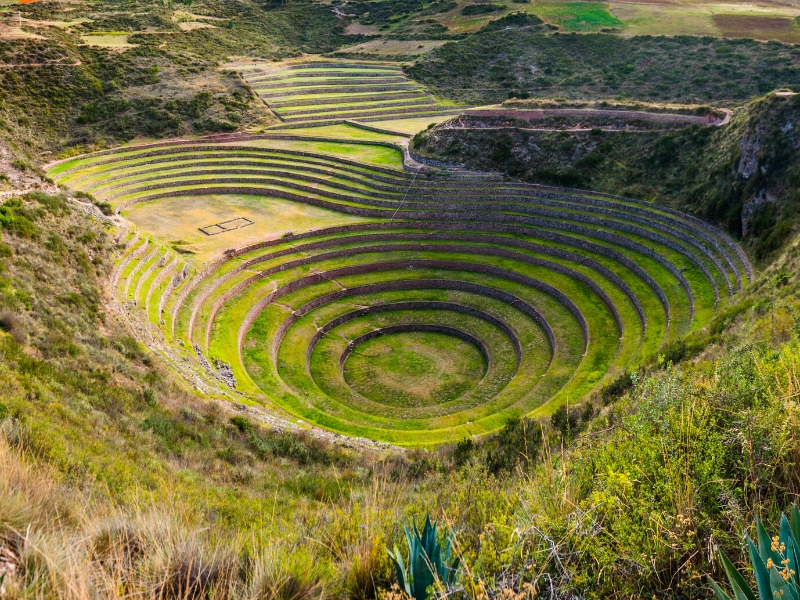
The Sacred Valley is your start point for the classic Inca Trail, but that’s not the only hiking route leading to Machu Picchu. There are several other options, most involving camping and taking a minimum of three days. There’s even a day-walk option called Short Inca Trail KM 104: ideal if you’re short on time or don’t wish to undertake a multi-day trek.
Above all the business, Písac’s citadel and a sun temple stand on a mountain spur. These ruins display the precise stonework that’s become something of a patent for the Incas. You’ll also see astronomical observation posts and ceremonial baths fed by aqueducts.
Buried deeper into the mountains north of Cuzco, Chinchero is a Spanish colonial settlement that’s also celebrated for its Sunday-morning market. Quechua-speaking women wearing traditional manta shawls and patterned skirts seem to run the place, selling produce and craftwork. Quieter than Písac, Chinchero also bears some Inca remnants, such as a stone throne and terracing.
The town of Ollantaytambo has the valley’s gold-star fortress. It rears up like a granite titan at the end of the paved road between Cuzco and the Sacred Valley, dominating the town, which was once an important administrative hub for the Incas. Today its layout and remaining Inca walls give you the closest approximation of what an Inca town must have looked like five centuries ago.
Moray is made up of three swirls of seven terraces burrowing into the earth like vortexes. They’re thought to have been a latter-day laboratory for growing crops in different microclimates. Our Tour Leaders will explain you more about Moray’s allure and the lesser-known Inca sites of the Sacred Valley.
Nearby, you’ll find the still-in-use salt pans of Maras, and, overlooking Moray, one of the best restaurants in Peru ― Mil. The brainchild of chef Virgilio Martinez, owner of Central in Lima, it relies on purely local ingredients. For a more rustic yet authentic Peruvian dining experience, you can dine on a traditional pachamanca (earth-oven) meal in the Sacred Valley.
With its terrain varying from steep mountain slopes to flat fields of maize, the Sacred Valley is a good spot for mountain biking and horseback riding, no matter your ability. You can, alternatively, go white-water rafting along the surging Urubamba just past Ollantaytambo, or stand-up paddle boarding in calmer stretches of the river.
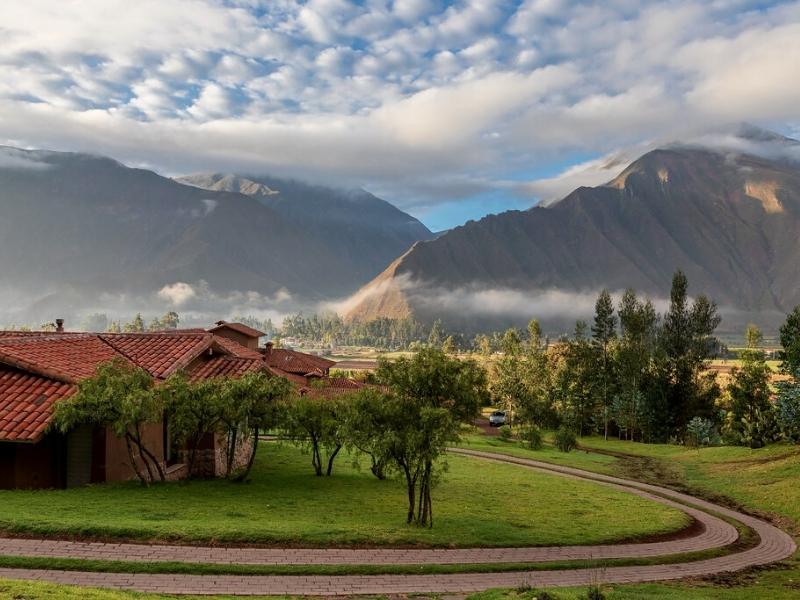
There is something about pausing during your time in the Andes that allows you to embrace the wonder of being there. And there is no better place to pause than in the Sacred Valley of the Incas. The superior amenities of these Sacred Valley luxury hotels – such as relaxing spa services, fine dining and […]
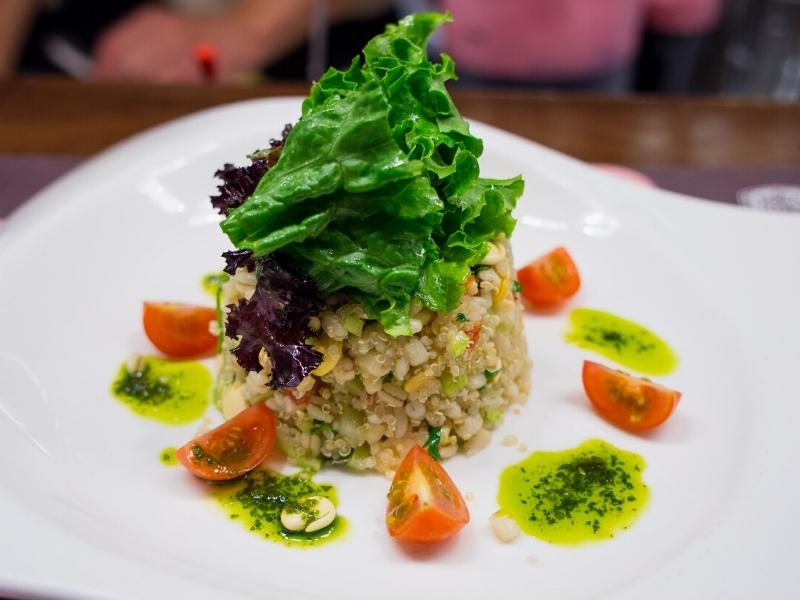
Peruvian Cuisine is one of the world’s most exciting culinary travel destinations, with an exquisite food scene in the Sacred Valley. Celebrate the essence of Andean culture through the wealth of its legendary flavors and aromas. Become intrigued by the cultural and agricultural origins of food; purple potatoes, exotic amaranth, Incan quinoa. Explore the intrinsically agrarian […]

Adventures in sacred valley of the incas Andean Great Treks is specialized in organizing the best adventure activities in the sacred valley. You can practice the different options of adventure sports such as rafting, mountain biking, horseback riding. The landscape and geography of the Sacred Valley of the Incas is very conducive, to do these […]
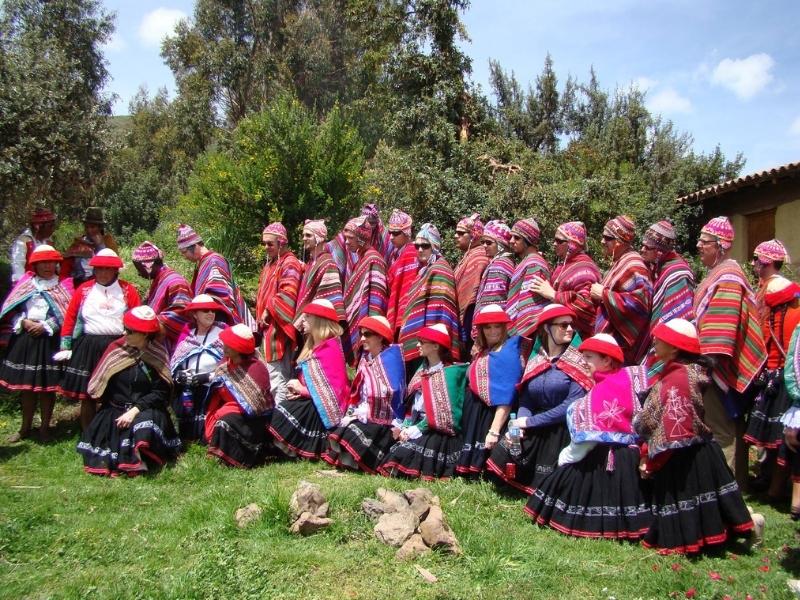
Sacred Valley of the incas Communities are home to the living culture of Cusco. If you want to be part of this living culture, the inhabitants of the valley are ready to share their work with you and allow you to experience their daily life for yourself. The Sacred Valley of the Incas is the […]

The Salt mines of Maras are located 50 km northeast of the city of Cusco, at an altitude of 3,200 meters above sea level. Geographically, they are located in the lower part of the sub-basin and left bank of the Salineras stream, towards its mouth in the Vilcanota river, in the jurisdiction of the peasant […]
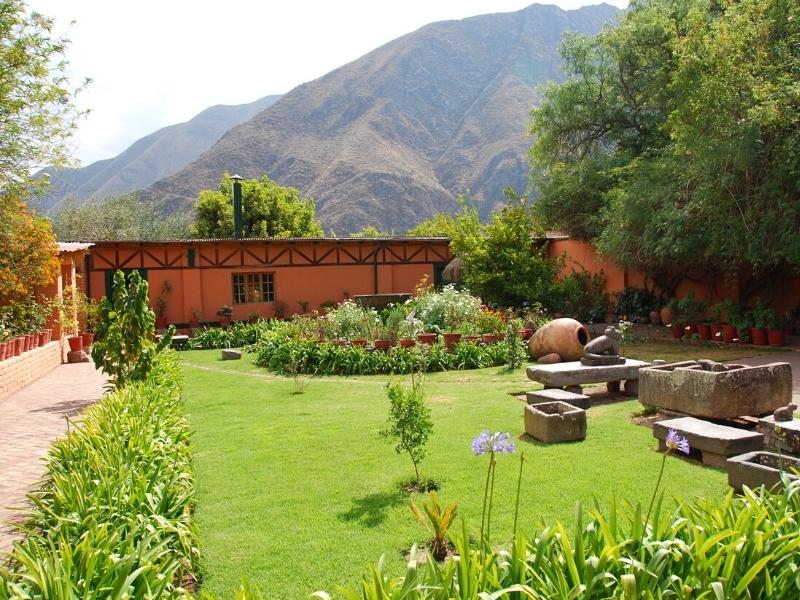
Visit the best Sacred Valley of the incas Haciendas. In Cusco since the arrival of the Spaniards, many of the wealthiest families joined the beautiful landscape of the sacred valley of the incas, where they built the most beautiful haciendas, surrounded by mountains and cornfields. The circuit of the haciendas of the sacred valley of […]
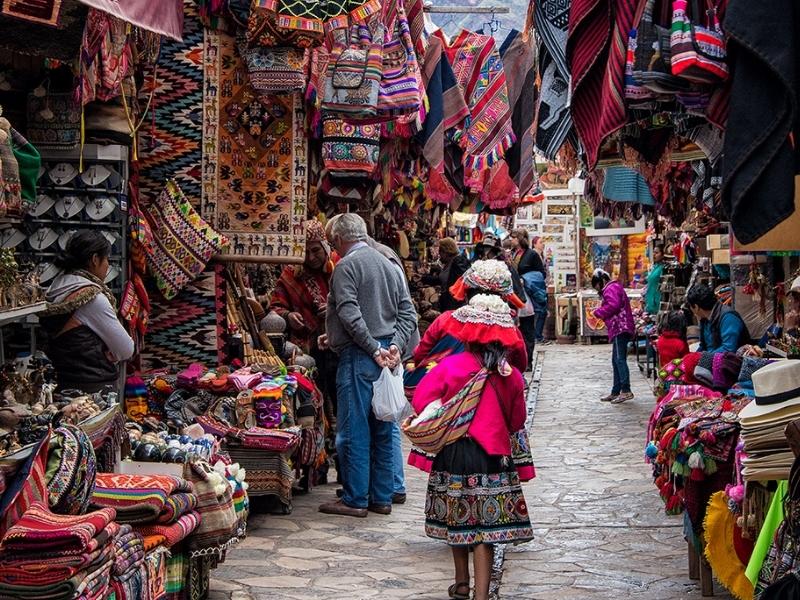
Sacred Valley Markets: The Pisac & Chinchero Explore the best Sacred Valley Markets. Peru’s beautiful Sacred Valley (El Valle Sagrado) lies between Cusco and Machu Picchu. All three travel gems add up to a perfect for visitors to the Andean highlands. The Urubamba River runs through this narrow valley with incredibly picturesque scenery and lined […]
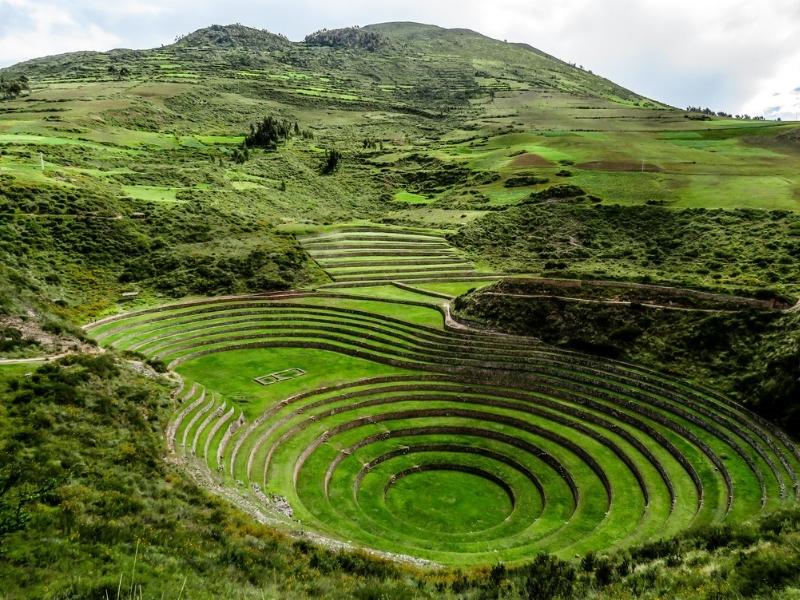
Exlore the best Inca Ruins of Sacred Valley of the Incas. The Sacred Valley of the Incas was a very special place for the ancient, ancient cultures. This is due to its very special climate, which is maintained throughout the year, with temperatures from 15 to 21 C°. The Vilcanota River is the main source […]
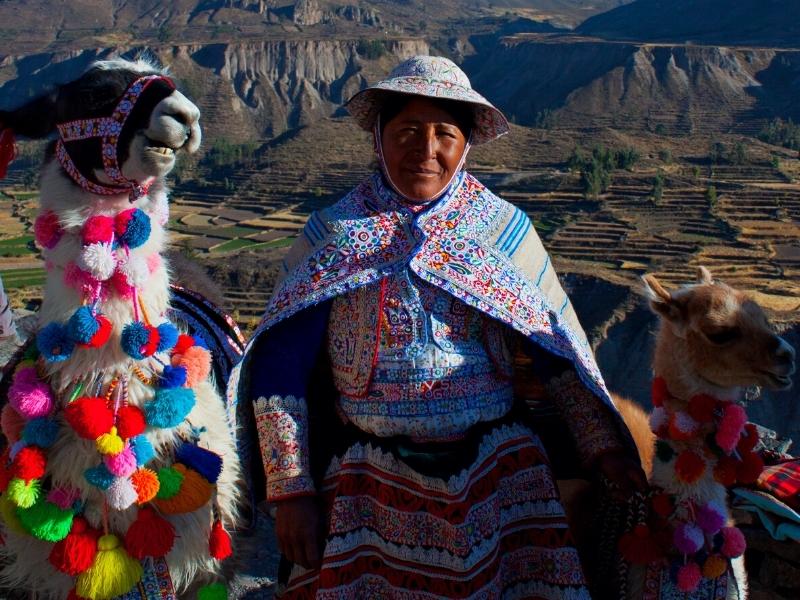
Feel the magic and the energy of Cusco and Machu Picchu, then continue to where the legend began – Lake Titicaca, to get off the beaten path and immerse yourself in the local culture and enjoy the peace and tranquility on the shores of the Lake.

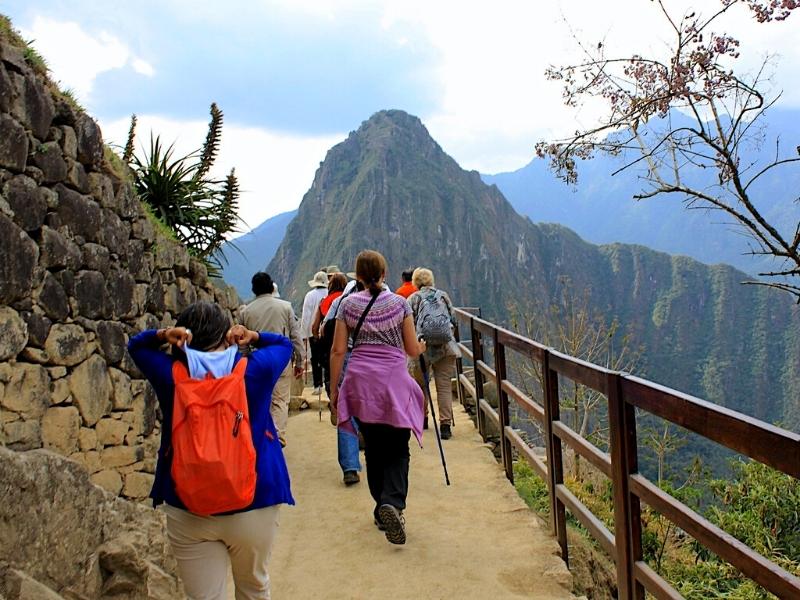
Get to know the majestic city of Cusco, cradle of the greatest civilization in South America, the Incas and their great works of engineering, the citadel of Machu Picchu by train.


Enjoy an incredible vacation, in the heart of the Inca empire, Cusco, our travel program will take you to the most famous tourist attractions of Cusco, such as the Sacred Valley of the Incas, Machu Picchu, in very cozy hotels.

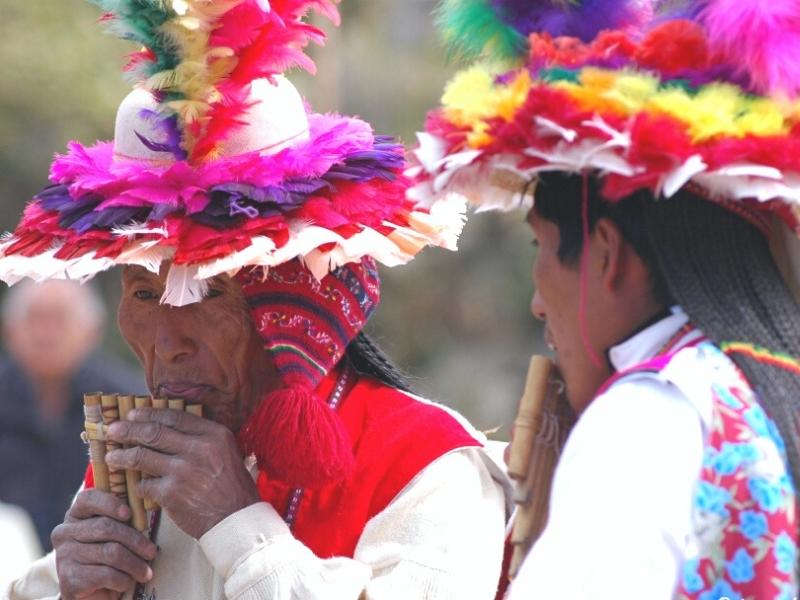
Sublime landscapes, wildlife, history, culture - Peru has more than its fair share. Its famed snow-capped Andean peaks shelter the temples and fortresses of the Inca and other pre-Columbian cultures, linked by a network of paved trails.


Travel to Peru to retrace the steps of the Inca, Peru's fascinating ancient civilization. Travel from Cusco, through the fertile heartland of the Sacred Valley and to the magnificent Ollantaytambo ruins, hike the best inca trail to Machu Picchu.


The top sights of Peru will leave all the family thrilled by the scenic grandeur, ruined temples, colonial cities, amazing inca trail to Machu Picchu, the Inca Lost City, once buried under the tropical forest which surrounds it.

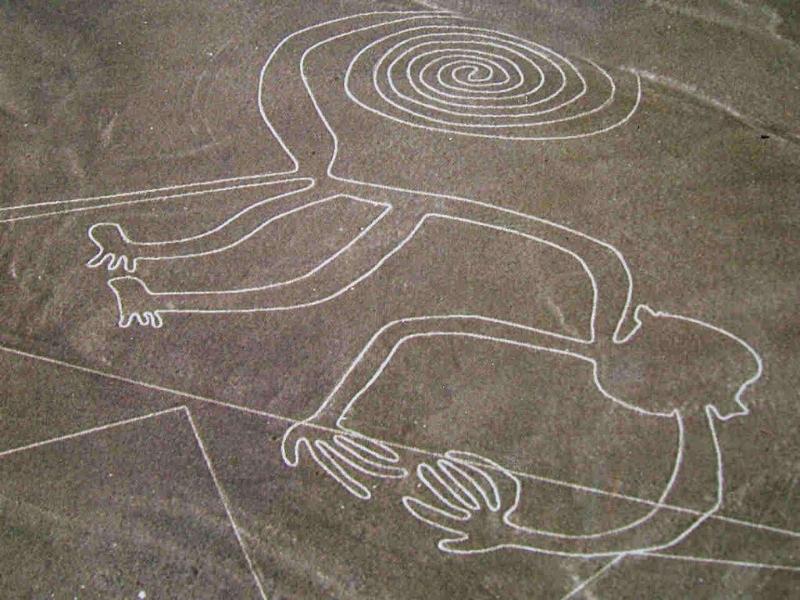
Visit Peru and discover its highlights from Lima to Cusco on an exciting journey that encompasses modern cities and ancient worlds. From the depths of the Colca canyon to the heights of the Andes and on to the unique islands of Lake Titicaca, be immersed in fascinating Peruvian culture while discovering its history buried deep within the walls of lost cities.

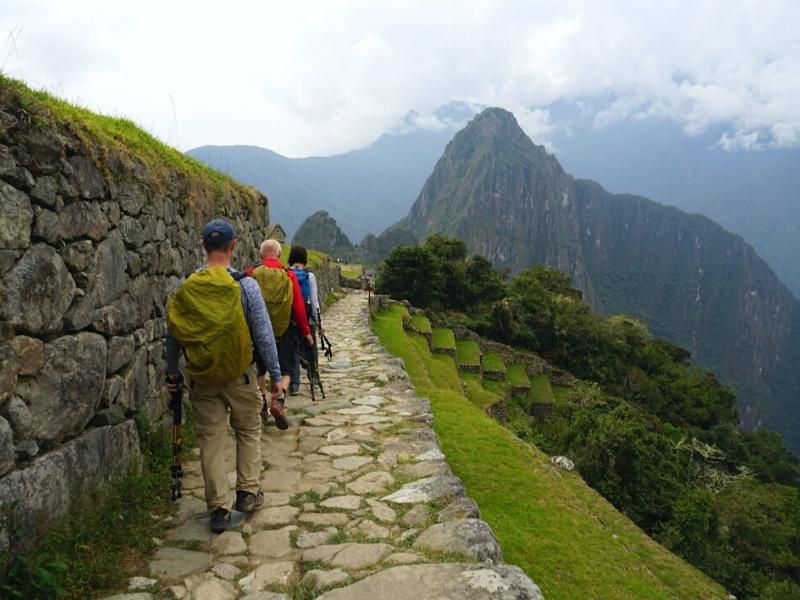
Discover the world wonder of Machu Picchu from the Sacred Valley of the Incas. Travel by train to the town of Aguas Calientes where you will spend a comfortable night enjoying the best Peruvian food.

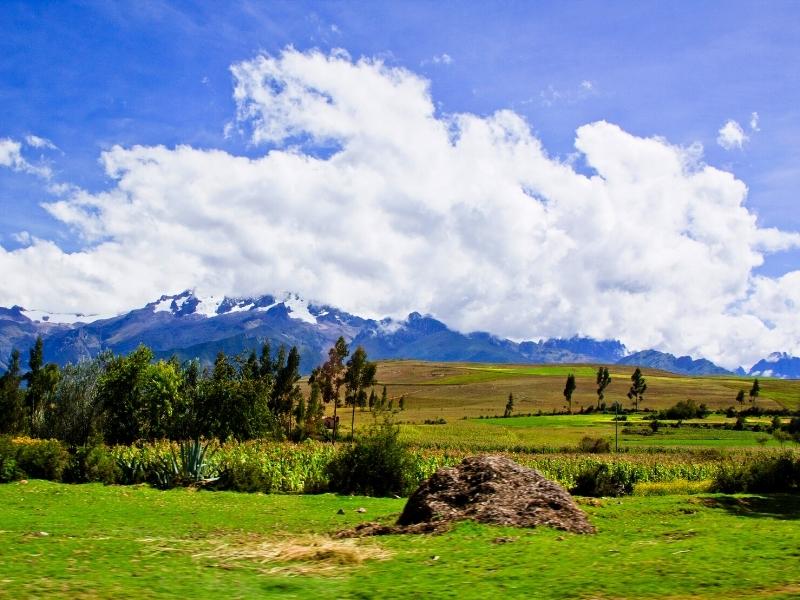
Explore the Sacred valley of the Incas, Visit the best archaeological remains of the Incas in Chinchero, Moray, Ollantaytambo and Pisac. Beautiful landscapes surrounded by snowy peaks and corn fields.

Peru’s unique combination of geographic and topographic conditions results in various climates, making it impossible to find the perfect time with the best weather for the entire country.
While you can expect the perfect, warm, and sunny weather during the southern hemisphere summer from December to March along the Peruvian coast and in Lima, that’s surely not the ideal time to travel to the Andean highlands including Cusco and Machu Picchu as it’s rainy season.
On the other hand, the best time to travel to the Peruvian Andean highlands and the Amazon rainforest is during the dry season between April to October which sees sunny days, bright blue skies in the Andes, and chilly nights, in the southern hemisphere winter; but during this period the weather along the coast and in Lima is not really inviting as it’s cool, damp and foggy.
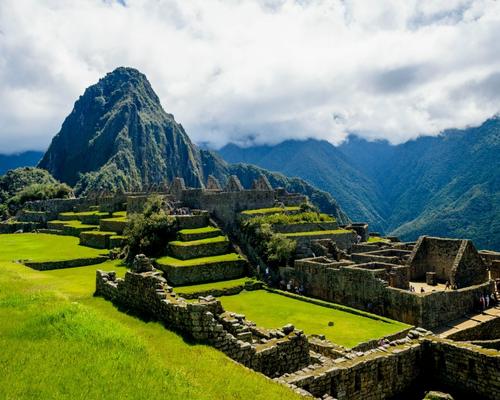 JANUARY
JANUARY
 20 °C / 7 °C
20 °C / 7 °C
 FEBRUARY
FEBRUARY
 20 °C / 6 °C
20 °C / 6 °C
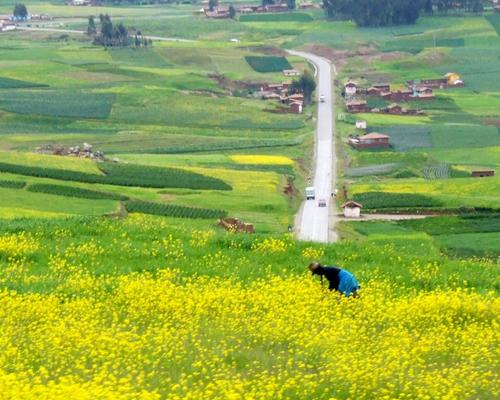 MARCH
MARCH
 20 °C / 5 °C
20 °C / 5 °C
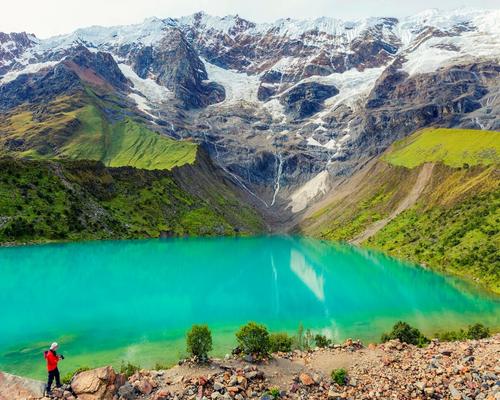 APRIL
APRIL
 21 °C / 4 °C
21 °C / 4 °C
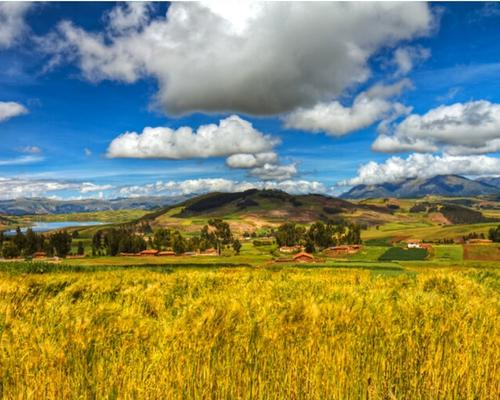 MAY
MAY
 21 °C / 0 °C
21 °C / 0 °C
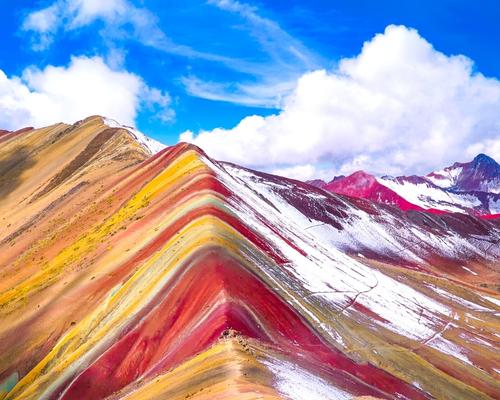 JUNE
JUNE
 20 °C / -5 °C
20 °C / -5 °C
 JULY
JULY
 21 °C / -3 °C
21 °C / -3 °C
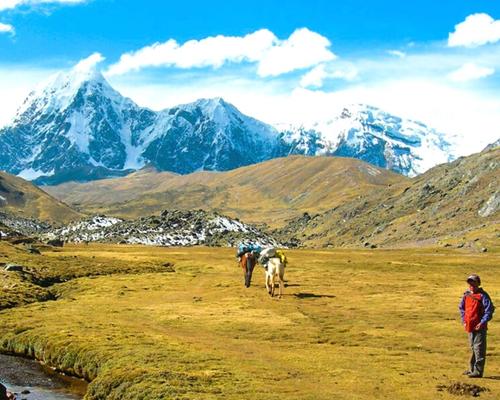 AUGUST
AUGUST
 21 °C / -1 °C
21 °C / -1 °C
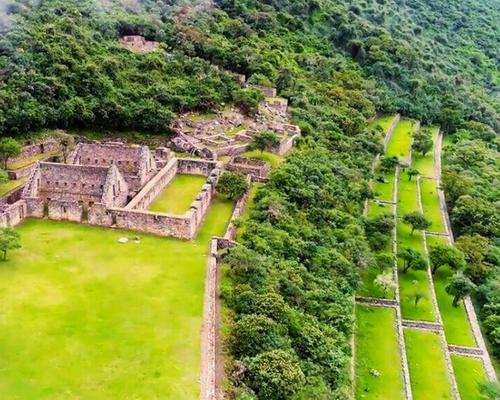 SEPTEMBER
SEPTEMBER
 21 °C / 3 °C
21 °C / 3 °C
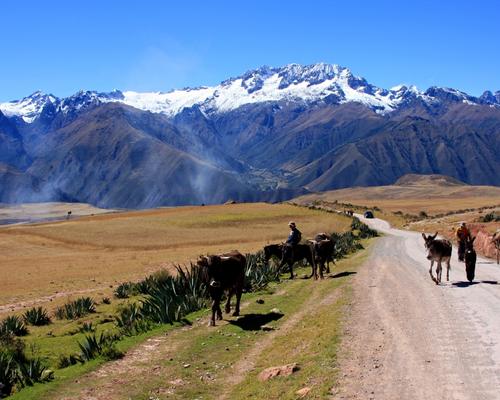 OCTOBER
OCTOBER
 22 °C / 5 °C
22 °C / 5 °C
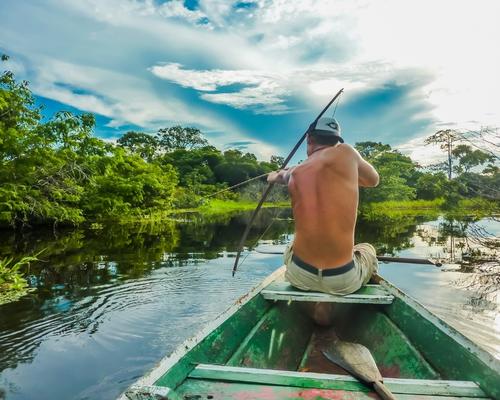 NOVEMBER
NOVEMBER
 23 °C / 6 °C
23 °C / 6 °C
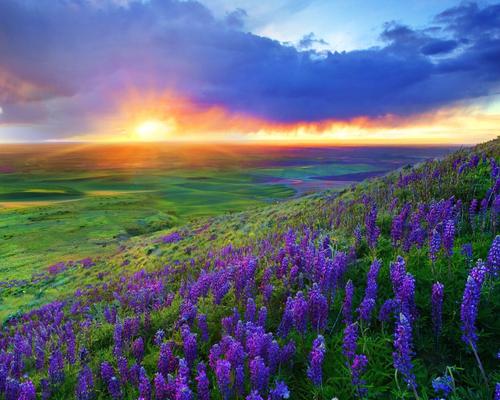 DECEMBER
DECEMBER
 21 °C / 7 °C
21 °C / 7 °C
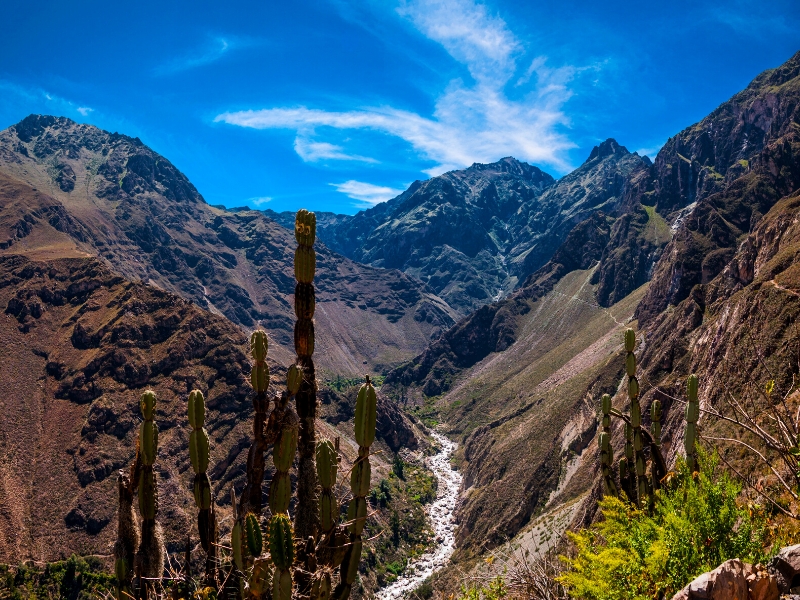

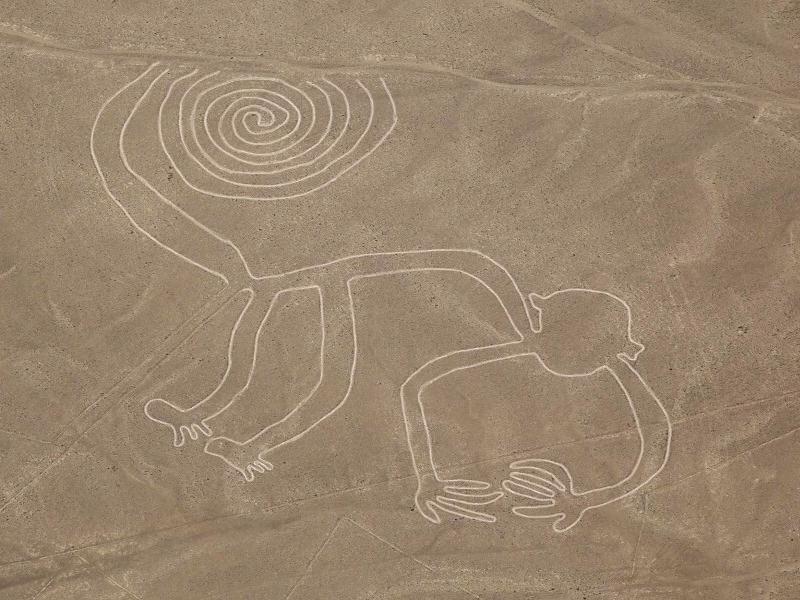
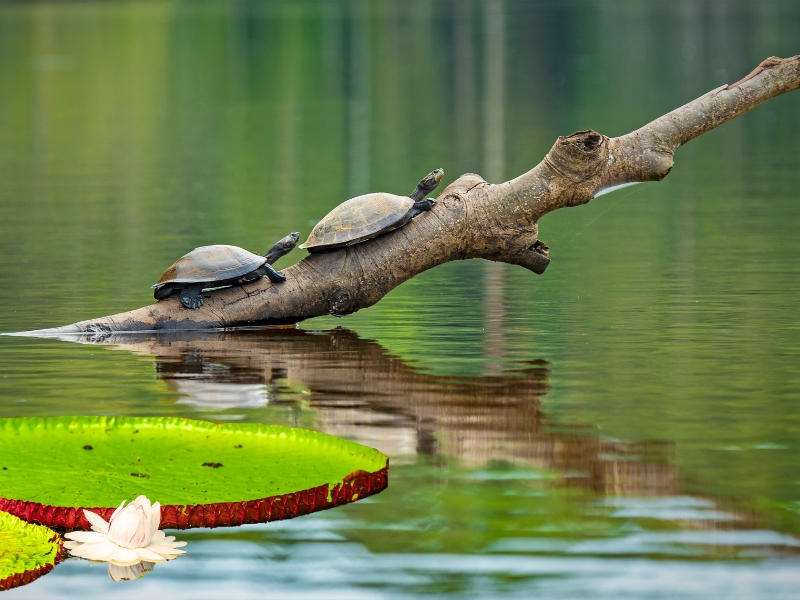
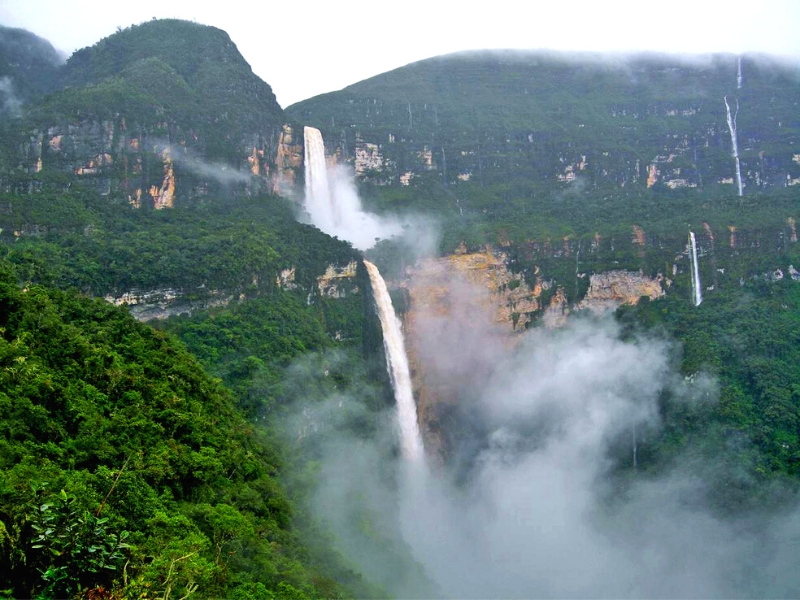
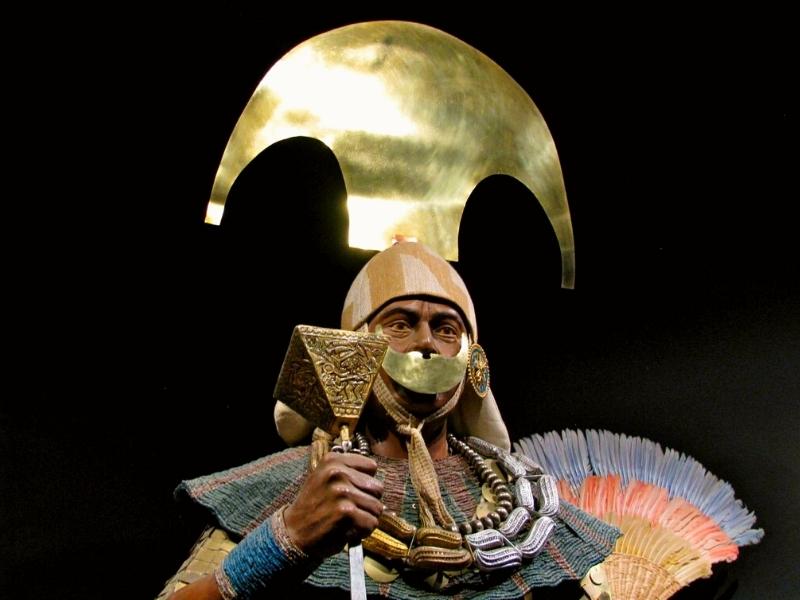

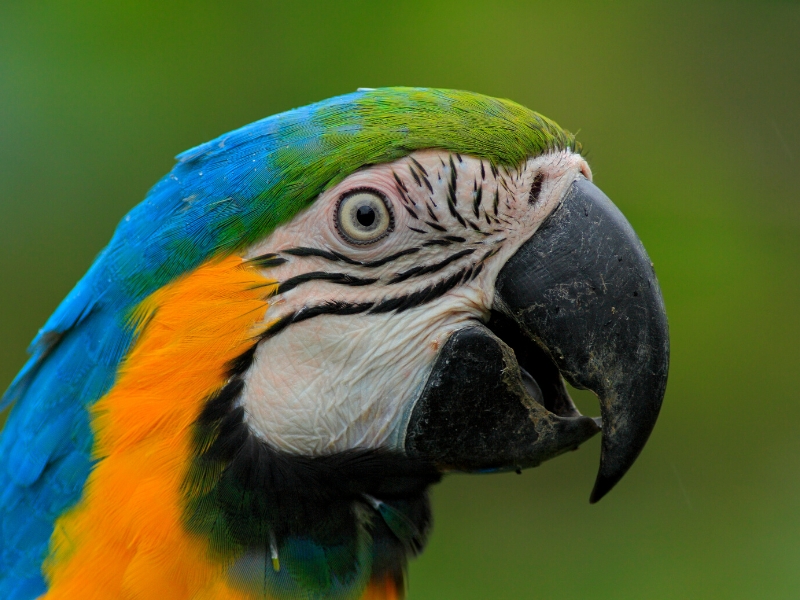
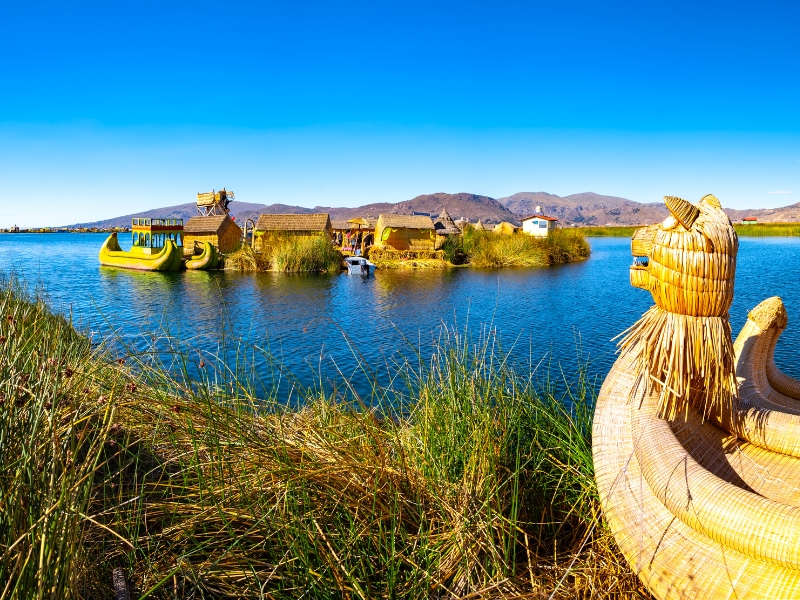


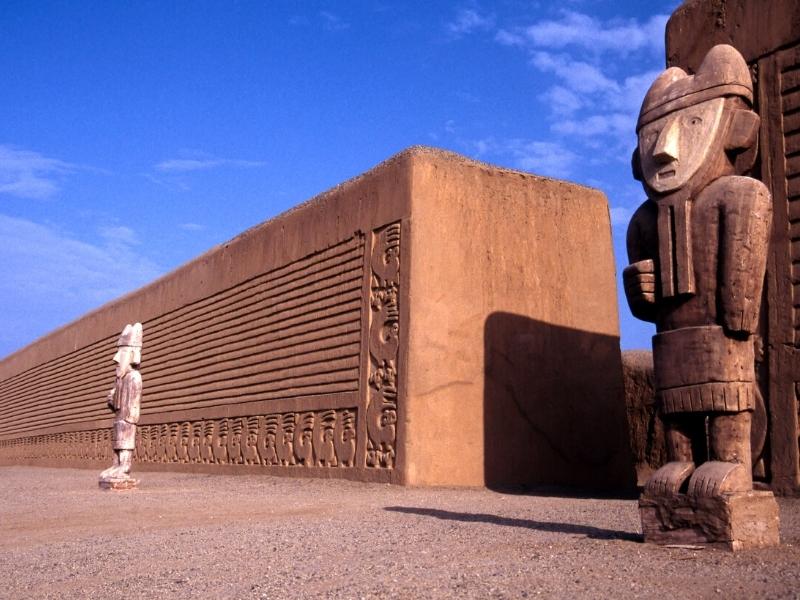
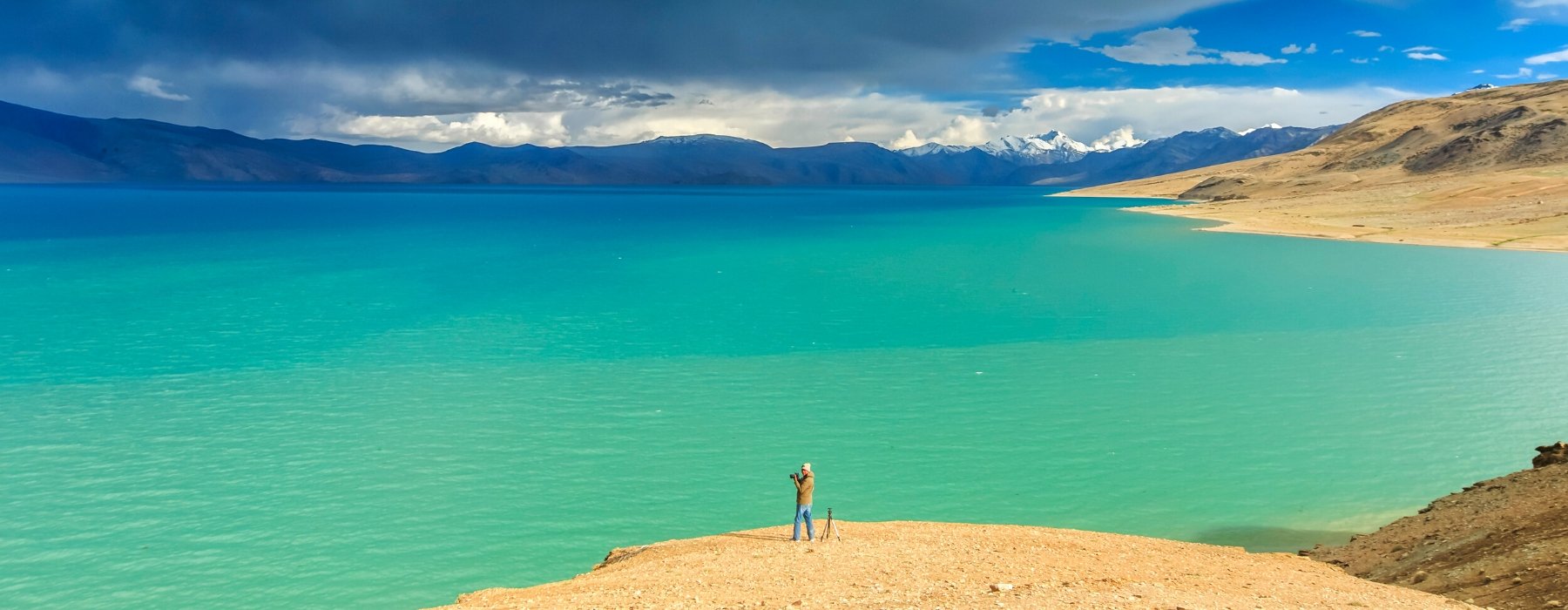
You’ll get up close and personal with the destinations and communities you travel through, seeing the cultural and historical highlights, natural wonders and wildlife, and local hidden gems.

Peru is a country of basically free access. Most of the countries of America and Western Europe do not require a tourist visa to enter Peru, and the maximum length of stay granted by the authorities is 183 days (it cannot be extended). For a stay for a longer period with other objectives (business, study, work, etc.) it is necessary to previously request the corresponding visa from the Peruvian consulates.
To enter Peru it is an essential requirement to present a valid passport with a minimum validity of six months from your entry into the national territory. Citizens of Argentina, Brazil, Paraguay, Uruguay, Ecuador, Colombia, Bolivia and Chile can enter with their national identification document.

Traveling is one of life’s great pleasures and what most of us dream to do at one time or another in our lives. Discovering new cultures and visiting ancient ruins is what motivates us to travel. Peru has a rich and colorful history with many different regions to explore. While thinking of your Peruvian holiday you might want to also consider a group or individual tours in Peru. Both options are viable when traveling in Peru if you prefer the company of other people when you travel then a group tour will be for you. You’ll always have someone to keep you company along the route, but you don’t always have to walk together. Wherever possible your Andean Great Treks leader will allow everyone to walk at their own pace, regrouping regularly along the route.
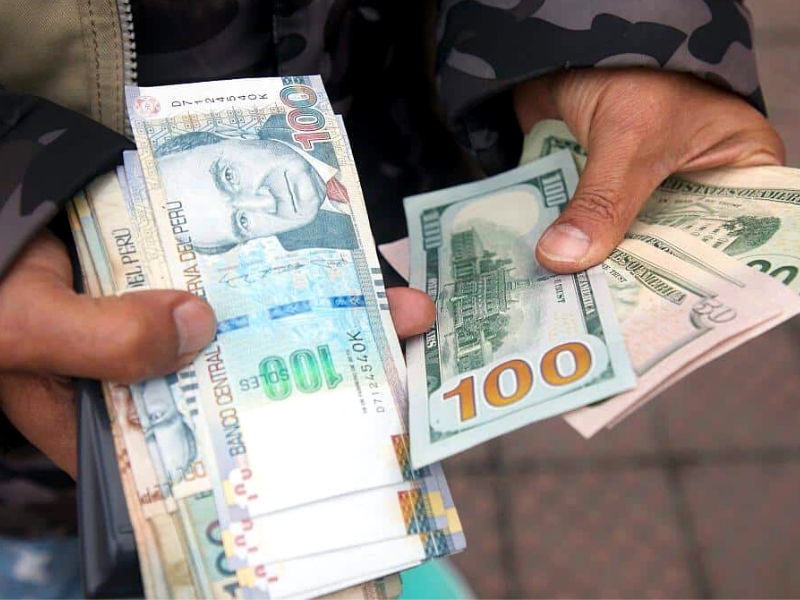
The currency in Peru is the Sol. It doesn’t take long to get used to it. There are just over three Soles to the US Dollar (USD), around three and a half Soles to a Euro (EUR) and just over four Soles to the Pound (GBP). Rounding up helps you make quick conversions when deliberating prices and making payment. While some businesses accept US dollars and some ATMs allow you to withdraw it even, it is much easier to pay for day-to-day things with Soles including food and drink, shopping at local markets and entry to local attractions. There are ATMs in every major city in Peru and as a point of reference can also be found near each city’s Plaza de Armas (the main square). It’s highly unlikely that you will find any ATM in more rural areas including villages and small towns. The fee for withdrawing money at the Peru ATM is around $5-$7 per transaction. The maximum withdrawal is around $200 – $250 per transaction.

Like many other countries in developing destinations, the region’s beauty and uniqueness are countered by inequality and lack of investment. This has led to crime rates (mainly theft and scams) not being uncommon in the larger cities. We know this doesn’t sound very attractive, but it’s important to mention it regardless. Most experienced and well-traveled visitors will understand this well and not be too concerned. However, having said this, it is our duty to take care of you during your visit. That’s why we present you here with a few recommendations to be extra safe. Avoid walking alone at night on empty streets. Don’t flaunt valuables! If going for a walk or going on public transport, be sensible and avoid showing off expensive items such as expensive watches and jewelry. Be careful of pickpockets! Don’t leave your bags anywhere that doesn’t look safe, and make sure to take them with you.
Most people can start to feel the effects of altitude at over 2000 m (6561 ft) regardless of age, gender or fitness level. While our leaders have basic first aid training and are aware of the closest medical facilities, it is very important that you make yourself aware of the cause and effects of travelling at altitude, monitor your health and seek assistance accordingly. It’s important to take it easy, drink plenty of water and speak to your group leader at once if you feel unwell.
We recommend seeing your doctor if you have any health concerns before undertaking the trip. Particularly if you have a pre-existing medical condition or take any medication.
Absolutely. All passengers travelling with Andean Great Treks are required to purchase travel insurance before the start of your trip. Your travel insurance details will be recorded by your tour guide on the first day of the trip.
Travel insurance is compulsory on all our trips for those travelling internationally. We require that at a minimum you are covered for medical expenses including emergency repatriation. If you are travelling within your home country or region please confirm before travel that you are entitled to access the public medical system easily should an accident occur. We strongly recommend all travellers have a policy that also covers COVID-19, personal liability, cancellation, curtailment and loss of luggage or personal effects.
No vaccines are required in order to enter Peru but some are recommended for protection against disease. Visit your doctor or travel clinic for advice and make sure to schedule vaccinations 4-6 weeks before your departure date, as some require time to become effective.
Recommended travel vaccines for Peru
Drinking tap water isn’t recommended in Peru. For environmental reasons, try to avoid buying bottled water. Fill a reusable water bottle or canteen with filtered water. Ask your tour guide or the hotel where you’re staying where filtered water can be found. It’s advisable to avoid ice in drinks and peel fruit and vegetables before eating. There’s no need to worry about keeping your mouth closed while you shower, but if you have a particularly sensitive stomach, you may wish to use boiled or filtered water to brush your teeth or wash fruits and vegetables.
When ordering cocktails or smoothies, try to avoid drinks with ice. You can always ask the waiter or vendor if they use filtered water to make ice, but if you’d rather not risk it, just order your drinks ‘without ice’. Single-use water bottles contribute to a huge environmental problem, so your best bet is to bring a portable water filter or water purifying tablets, and a large reusable bottle to refill at canteens or hotels. Brands like Steripen sterilize water using UV, while bottles from Sawyer remove most bacteria through an in-built foam purifier.
Water safety tips for Peru
Here are some handy tips to follow when it comes to drinking water in Peru:
Most hotels, large retailers and tourist attractions accept credit cards but will usually charge a fee (about 5% to 7%) for using them. Make sure you carry cash for when you’re dealing with small vendors, family-run restaurants and market vendors.
There are many situations where you might want to use your mobile when travelling. It could be to call a hostel to book a room, arrange a meeting point for breakfast with your new travel friends, or contact loved ones in an emergency.
Mobile phone coverage is generally good in Peru’s cities, but may not be available in more remote and mountainous areas. You will be able to use your mobile/cell phone while in Peru, but only if you have activated global roaming or purchased a local SIM card. If you choose to activate global roaming, don’t forget to check with your provider as to what costs will be incurred to avoid any unwanted surprises when you get your phone bill – it’s often painfully expensive! You should also make sure you check that your phone is unlocked before leaving home or the local SIM may not work overseas.
Buying a local SIM in Peru
Many travellers prefer to buy a local SIM card instead of a roaming plan as it works out much cheaper. You can buy a SIM card at most airports and phone retail shops in the bigger towns and cities. There are several carriers to choose from in Peru, with both prepaid and postpaid options available. Though postpaid is slightly cheaper, it may require a minimum commitment period, so you might be better off going with the prepaid option. As far as carriers go, Movistar, Entel and Claro are some of the biggest and will offer you decent coverage, though it may be poor or cut off completely in more rural or mountainous areas like the Andes.
Peru has a mix of both squat toilets and western-style flushable toilets. It’s a good idea to carry your own toilet paper and hand sanitizer, as they are not always provided. Some public toilets charge a small usage fee. Expect to use squat toilets if travelling on the Inca Trail.
ATMs can be found in most of Peru’s major cities and tourist areas. ATMs are far less common in rural areas and small villages so have enough cash to cover purchases when travelling away from the larger cities.

Every Andean Great Treks holiday has been thoughtfully planned and crafted by our specialists. They draw on their own extensive travel experience and the guidance and expertise of our local partners to create superb holidays. Our specialists are committed to making every aspect smooth and enjoyable; they genuinely want to ensure that the holidays they create leave you with wonderful lasting memories.
Every Andean Great Treks traveller is accompanied by an experienced tour guide, you will be immersed in Historic cities, ancient ruins and unfamiliar landscapes are all brought to life by our carefully selected local guides. They want to share their expertise and help you make your own discoveries too; their sole mission is to ensure you enjoy every moment.
Giving you the freedom to make your holiday even more memorable. We know how much our customers look forward to their holiday and we pride ourselves on the choice and flexibility that we offer to enhance every aspect of your experience. Whether it’s getting to the airport, upgrading your room or booking an additional excursion, we can help.
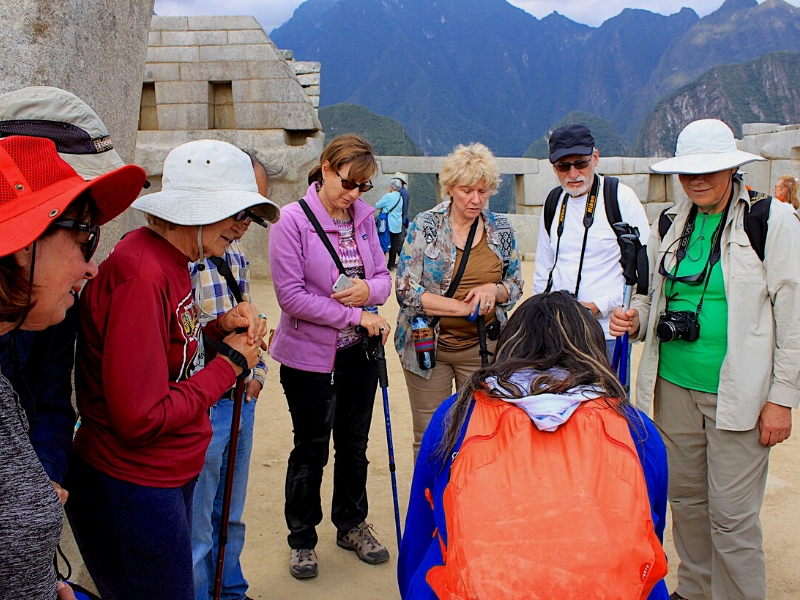
Our guides are the stars of the show; it is their unrivalled knowledge, passion and expertise that will transform your tour experience from good to truly extraordinary!
Because the have grown up in the area and know it like the back of their hand, so they can help you experience whichever aspects most interest you. They’re passionate about sharing their corner of the world with you, and as you explore together, they’ll open your eyes to the intricate details, provide background to enhance your understanding of what you’re seeing, and share stories that will bring everything to life.

“Your inspiration for a trip can be a single word or a highly evolved outline, but it’s the conversations we have that help us understand the experience you’re looking for. Meanwhile, I’m looking back on the time I spent at the destination.
‘The great thing about working with a specialist at Andean Great Treks is how they take your complete jumble of ideas and turn them into something absolutely spectacular.’
As you begin to share your ideas with your specialist, it will connect them immediately back to a time in their own travels. Conjuring a picture of the rest time they made that same discovery, reminding them how it felt.
Your specialist understands that, when the journey is right, it has the power to excite your emotions in the most profound ways after all, that was the effect on them.
They carry a treasure box of moments, captured over many journeys, into every suggestion they’ll share with you, as they ask you how you want to feel on your trip.

EXPERIENCES THAT CALL TO YOU
It’s what you do in a destination that helps bring it to life. It’s why we strive to choose experiences that help you connect to a place, absorbing a little of its complex character. Wherever your passions lie, we’ll recommend experiences that speak to you, and we’ll recommend the guide or local expert who’s most qualified to help you explore. Packing your holiday full of special experiences means some early starts and long days, but you can be sure that you’ll return home with many incredible memories! Read our Tours and check the Physical Ratings to see if the pace and activity levels are right for you.
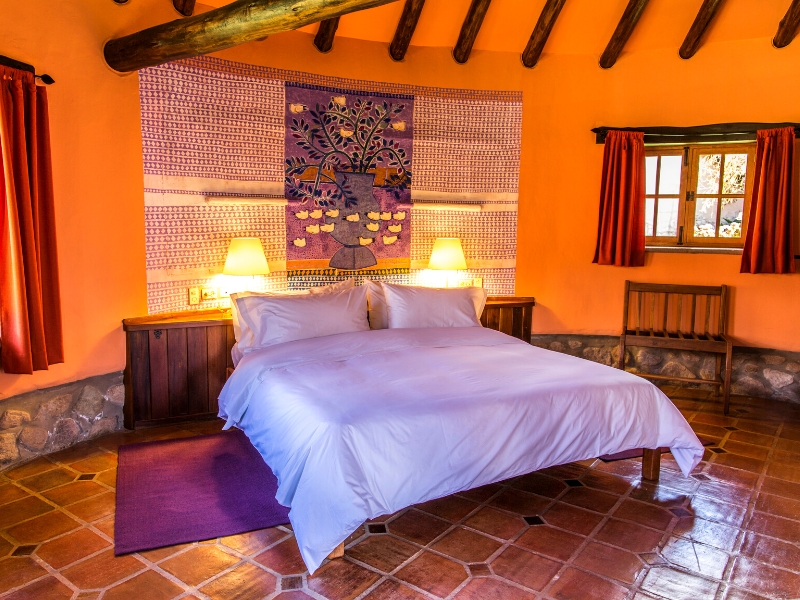
STAYS WITH DIFFERENCE
We know that where you stay is a cherished part of your travels. So, we go to great lengths to find places to stay that exceed expectations, or go above and beyond the ordinary, whether in their character, hospitality, or location. Over the years, we’ve discovered the very best properties, trying and testing them, so we can choose the right one for you. We’ve nourished long-standing relationships with these establishments and the people who founded them, and we’ve stayed there many times often, we’ll even know which rooms have the best views (and reserve them for you).

Our style of travel — authentic, thoughtful, and focused on building meaningful connections to the people and places you visit — is inherently respectful and considerate of the destinations we love. We design each aspect of your trip exactly as you want it, which includes its sustainability. That might mean choosing a train journey instead of a flight, staying at eco-friendly wildlife lodges, or opting for experiences that give back to the communities you’re visiting. The choice is yours.
Responsible travel has always been at the heart of what we do. First and foremost, because it gives you the best experience, but, also because it helps to preserve the communities and landscapes you visit. This isn’t new for us we collaborated with local communities and outside experts so we can grow to be better ambassadors.
The most authentic and interesting experiences often directly benefit the local people. We prefer to buy local products that are produced in the organic farms of the Sacred Valley, we also have alliances with local artisan organizations who provide us with souvenir items for our clients, your money directly benefits the local economy.
Our style of travel — authentic, thoughtful, and focused on building meaningful connections to the people and places you visit — is inherently respectful and considerate of the destinations we love. We design each aspect of your trip exactly as you want it, which includes its sustainability. That might mean choosing a train journey instead of a flight, staying at eco-friendly wildlife lodges, or opting for experiences that give back to the communities you’re visiting. The choice is yours.
Responsible travel has always been at the heart of what we do. First and foremost, because it gives you the best experience, but, also because it helps to preserve the communities and landscapes you visit. This isn’t new for us we collaborated with local communities and outside experts so we can grow to be better ambassadors.
The most authentic and interesting experiences often directly benefit the local people. We prefer to buy local products that are produced in the organic farms of the Sacred Valley, we also have alliances with local artisan organizations who provide us with souvenir items for our clients, your money directly benefits the local economy.
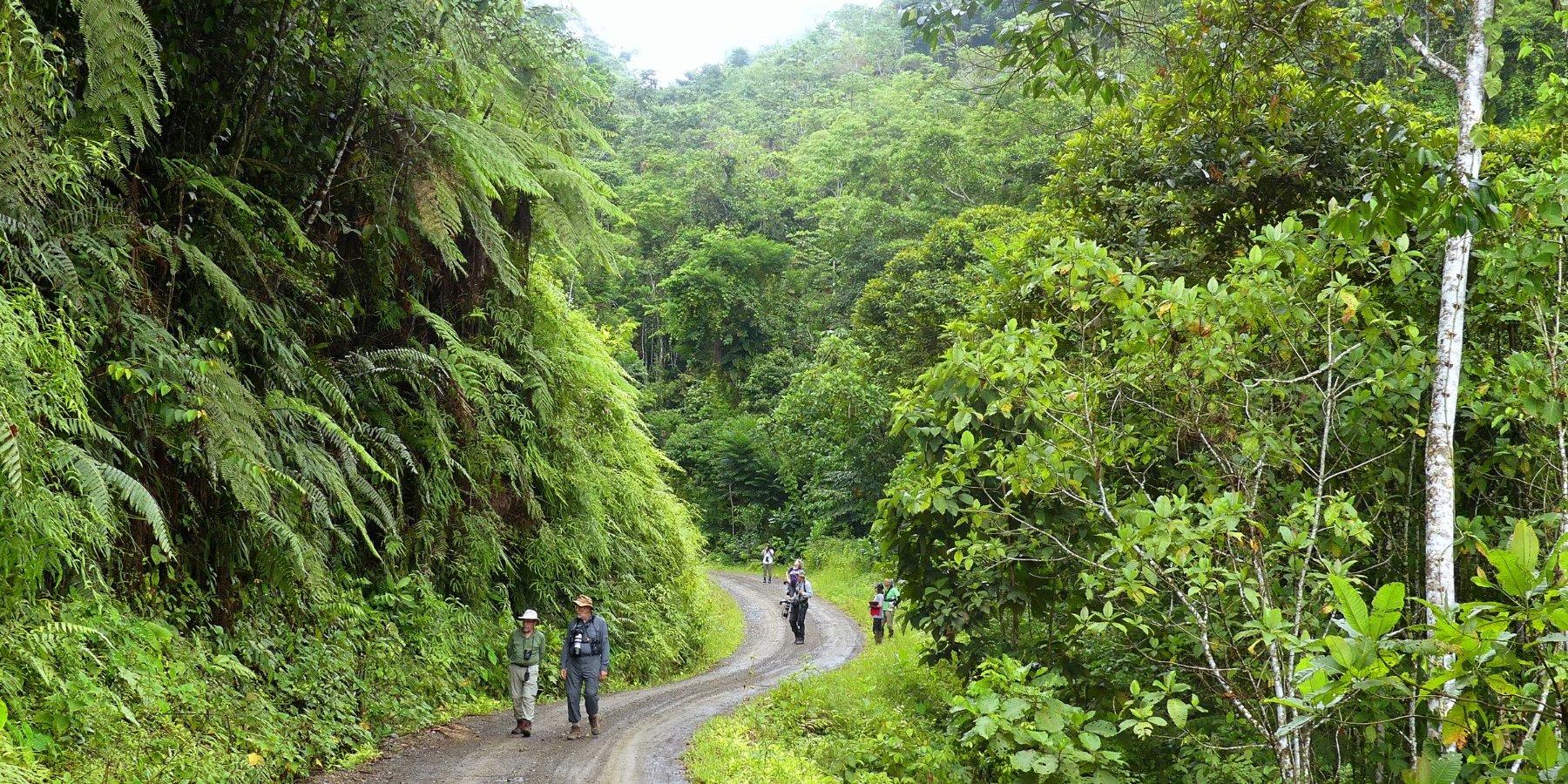
‘There’s a saying: we don’t inherit the Earth from our ancestors, we borrow it from our children. When we show you our country, this philosophy guides everything we do. It’s our responsibility to preserve the environment and wildlife, and support communities. That means using slower modes of transport, like cycling, employing local people, and working with communities who’ll benefit directly from your visit. This also gives you the best, most authentic impression of the places we want to share with you.
We prefer to buy local products in ecological bags, to avoid the use of plastic bags, likewise we teach the use of soaps and ecological products in each tour that we organize. We also work on reforestation projects with local communities who take care of landscape resources such as communal reserves, national parks.
‘There’s a saying: we don’t inherit the Earth from our ancestors, we borrow it from our children. When we show you our country, this philosophy guides everything we do. It’s our responsibility to preserve the environment and wildlife, and support communities. That means using slower modes of transport, like cycling, employing local people, and working with communities who’ll benefit directly from your visit. This also gives you the best, most authentic impression of the places we want to share with you.
We prefer to buy local products in ecological bags, to avoid the use of plastic bags, likewise we teach the use of soaps and ecological products in each tour that we organize. We also work on reforestation projects with local communities who take care of landscape resources such as communal reserves, national parks.